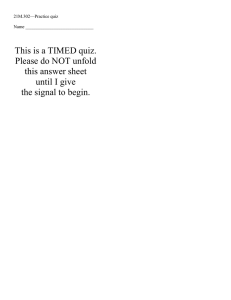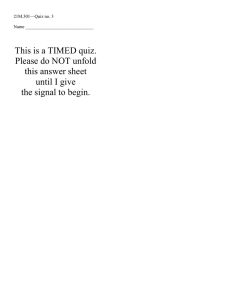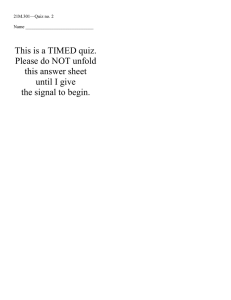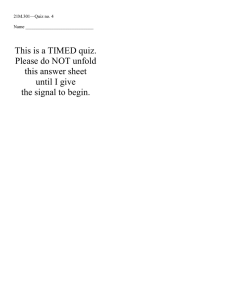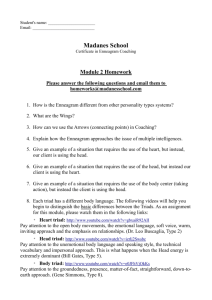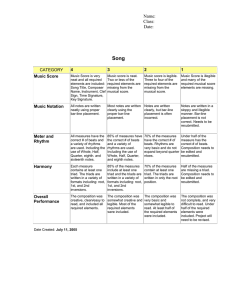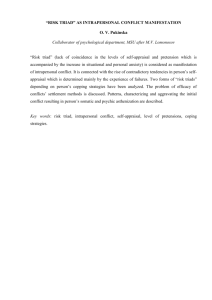Text Study Flow Chart
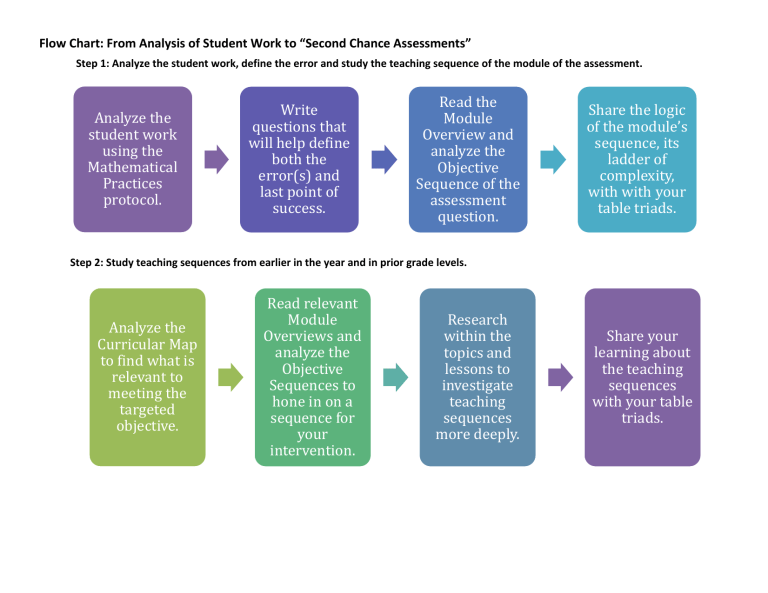
Flow Chart: From Analysis of Student Work to “Second Chance Assessments”
Step 1: Analyze the student work, define the error and study the teaching sequence of the module of the assessment.
Analyze the student work using the
Mathematical
Practices protocol.
Write questions that will help define both the error(s) and last point of success.
Read the
Module
Overview and analyze the
Objective
Sequence of the assessment question.
Step 2: Study teaching sequences from earlier in the year and in prior grade levels.
Share the logic of the module’s sequence, its ladder of complexity, with with your table triads.
Analyze the
Curricular Map to find what is relevant to meeting the targeted objective.
Read relevant
Module
Overviews and analyze the
Objective
Sequences to hone in on a sequence for your intervention.
Research within the topics and lessons to investigate teaching sequences more deeply.
Share your learning about the teaching sequences with your table triads.
Step 3: Plan a teaching sequence. Collaborate and prepare a poster detailing your teaching sequence to share.
Determine a starting point for your triad’s teaching sequence.
Plan and write a step-by-step first draft of your teaching sequence using the decisions evidenced in A
Story of Units as guidance
Share, crutique and tweak your triad’s sequence with a grade level alike group .
Share your teaching sequence with other grade level triads.
.
Step 4: Engage students in their own growth!
Write assessment questions for the different levels of complexity of your sequence.
Write “second chance” assessment questions analogous to the original question.
Plan ways to involve students in their own data, their own progress towards specific objectives.
Share your assessment questions with other small groups.
